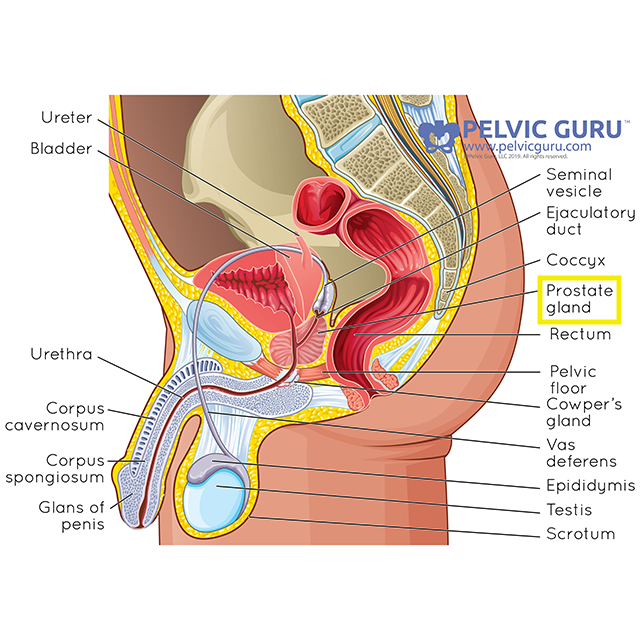Prehab for Prostatectomy

What to Expect After a Diagnosis
For many men diagnosed with prostate cancer, surgery to remove the prostate becomes a crucial part of their treatment journey. The most commonly employed surgical technique is the laparoscopic radical prostatectomy, a minimally invasive procedure. However, it’s important to be aware that post-surgery, some men may experience certain challenges that can impact their quality of life. Understanding what to expect and taking proactive steps can significantly mitigate these side effects and promote a smoother recovery.

Common Post Surgical Effects
One of the common issues that may arise after surgery is urinary incontinence. According to a study conducted in 2014, approximately 40% of men encounter some form of urinary incontinence following a prostatectomy. However, it’s worth noting that the reported incidence varies across different sources and can even reach as high as 80% in some studies.1 Dealing with urinary incontinence can be challenging, as it affects daily life and emotional well-being. However, with appropriate guidance and targeted interventions, it is possible to regain continence.
Another prevalent concern for men post-surgery is erectile dysfunction. A study conducted in 2016 revealed that around 85% of men experience difficulties with erections after undergoing a radical prostatectomy.2 Such a significant change can have a profound impact on a person’s self-esteem and intimate relationships. Yet, there are various approaches and treatments available to address this issue and restore sexual function, providing hope and support for those affected.
Why Prehab?
Recognizing the importance of these symptoms and their potential impact, it becomes crucial to take proactive measures to limit their effects. Prehabilitation, which refers to preparing the body before surgery, plays a vital role in this regard. Interestingly, it is never too early to start prehabilitation, and even upon receiving a cancer diagnosis, individuals can begin taking steps towards optimizing their outcomes.
Common Prehab Prostatectomy Goals
Prehabilitation focuses on strengthening and conditioning the muscles responsible for urinary continence, primarily the external urethral sphincter, the bulbocavernosus, and the puborectalis. Through targeted exercises and the guidance of healthcare professionals, men can learn to differentiate these muscles and train them effectively to control the flow of urine. For some individuals, the use of real-time ultrasound can provide a visual aid to observe muscle contractions, ensuring proper activation and relaxation for optimal function.
Benefits of Prehab
The benefits of prehabilitation have been demonstrated in a recent study conducted in 2019, which compared low-level rehabilitation with high-intensity pelvic floor muscle exercises for post-prostatectomy incontinence. The findings revealed that 74% of men who engaged in an average of five weeks of preoperative training, incorporating high-intensity pelvic floor muscle exercises, achieved continence without the need for pads within 12 weeks of surgery.3 This promising outcome highlights the importance of proactive prehabilitation in improving post-surgery recovery.
Who should you see for Prehab?
For prehabilitation, individuals can seek guidance from pelvic floor physical therapists who possess extensive knowledge about the anatomy and function of the pelvic floor muscles. These professionals can develop personalized treatment plans tailored to the individual’s needs, providing education, support, and therapeutic interventions to enhance continence and restore quality of life.
Body Harmony Physical Therapy provides one on one treatment with trained professionals to assess and manage male pelvic pain.
One Last Thing
Remember, it is essential to prioritize your well-being and seek professional support throughout your recovery journey. By doing so, you can regain control over your body and embrace a fulfilling and satisfying life beyond surgery.
References:
Published: July 2023







